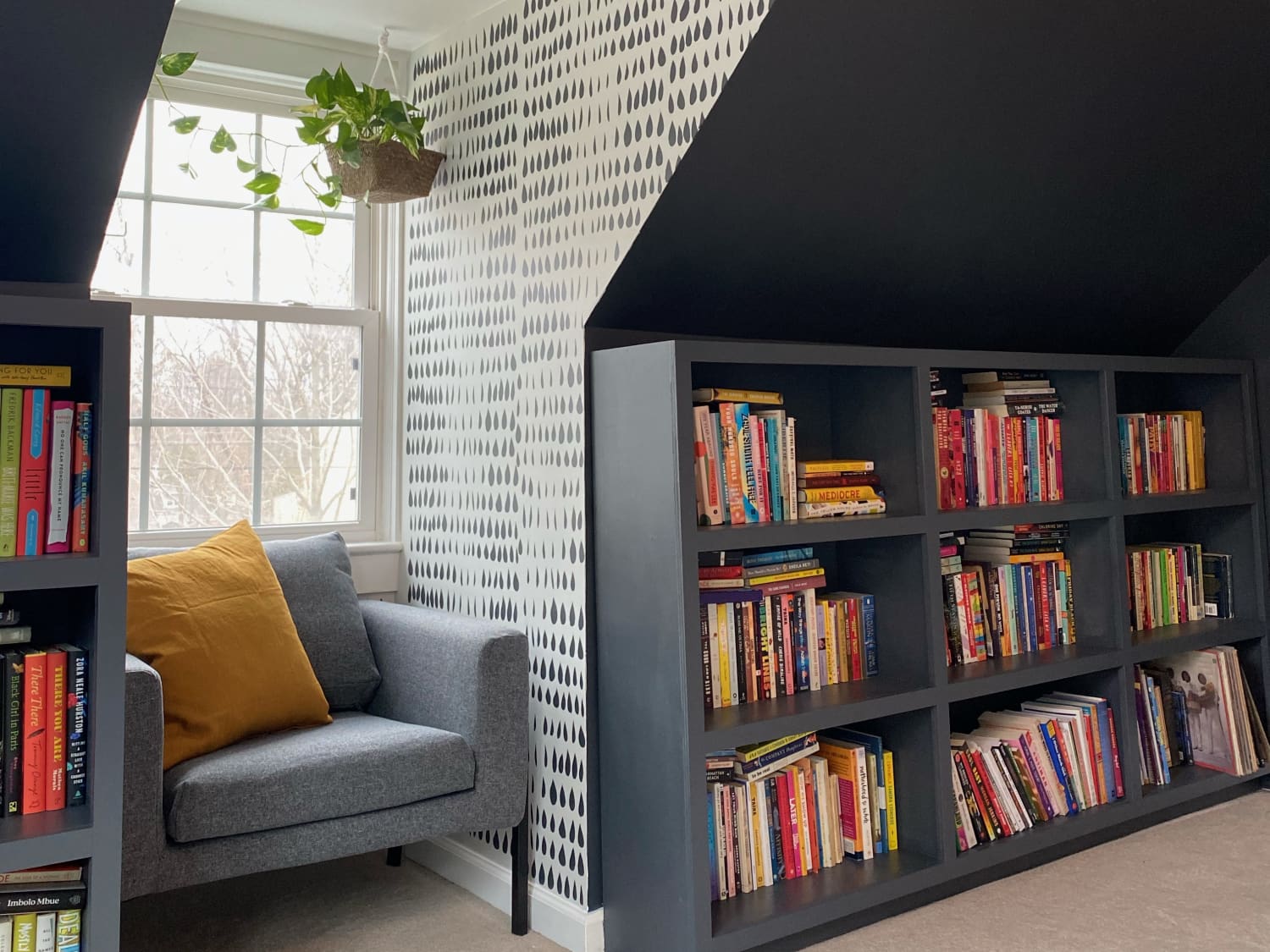The Fundamental Designs Of An Effective Home Office
With teleworking culture growing each year, remote working groups are bustling with ideas around home office design. This is because the positive aspects of remote working, those associated with eliminating the need to commute and having a greater degree of flexibility regarding one’s own schedule, are not without their costs, primarily the need for individuals to have a reliable home office space. Those who fail to create such a professional space within their home soon find themselves encountering issues.
Whether you are considering a remote working role or would like to ensure that your current home office space is suitable, the following design tips may be useful.
Suitable Capacity
Having the necessary room to perform your professional duties is a fundamental part of home office design. While some individuals will rationalise the suitability of a smaller space, those who ensure that they allow themselves the room not only for their comfort but also assets such as filing cabinets, storage space, and even room to step away from their desk, are more likely to engage easily in their roles and find greater motivation throughout the day.
Furniture Choices
Office furniture should be chosen for both its comfort and utility. Simply setting one’s laptop on a kitchen counter while perching on a stool is not an appropriate home-office solution in the long term. These assets should be dedicated to professional roles, ensuring that individuals are able to remain comfortable for the duration of their working hours while also having the appropriate space to complete their tasks without the potential for compromise (such as dining room decor).
Privacy
There is a reason that many remote workers are constructing outbuildings, summer houses, and log cabins in the garden: privacy. There are two aspects to this important element of home office space. Firstly, individuals must consider having a professional office space that is free from distraction. This could be, for example, in the form of family and housemates, those who might inadvertently disrupt workflow.
Secondly, there is a degree of separation that helps remote workers in the long run. By having a visible divide between a professional space and a personal space, individuals are able to better keep their work life and personal life balanced, reducing the risk of burning out.
Meeting Space
Whether clients are expected to visit a home or meetings will take place over video software, individual remote workers should consider the possibility of others visiting and viewing their space. This generally means ensuring that a room is pleasant and neutral, as well as having a considered environment. For in-person visitors, this means extra seating and even options for refreshments. For video conferences, this means having a clear and distraction-free backdrop.
Appropriate Lighting
Having a reliable source of natural light is a great asset for a home office. While artificial lighting can be suitable, there are a number of benefits that are associated with natural lighting, as well as the general assumption that it will also come with a good view of the outdoors.
Both forms of lighting, however, are important to consider as individuals who want to maintain concentration throughout the day while also experiencing less fatigue from interacting with a computer screen must ensure that their workshop is well-lit.



